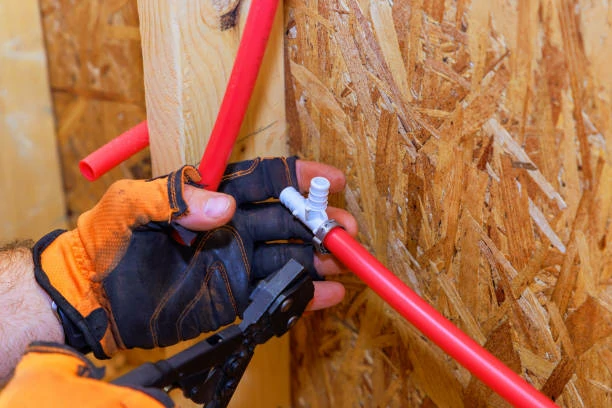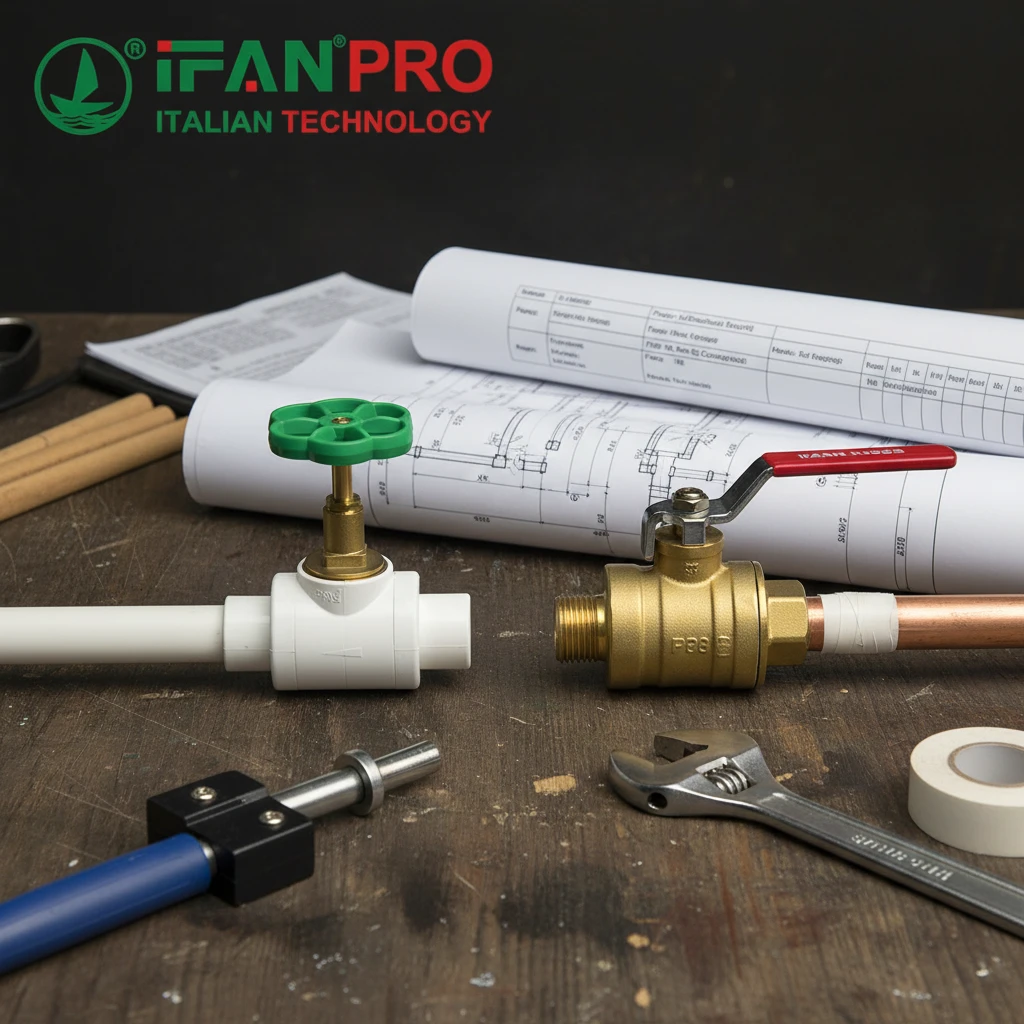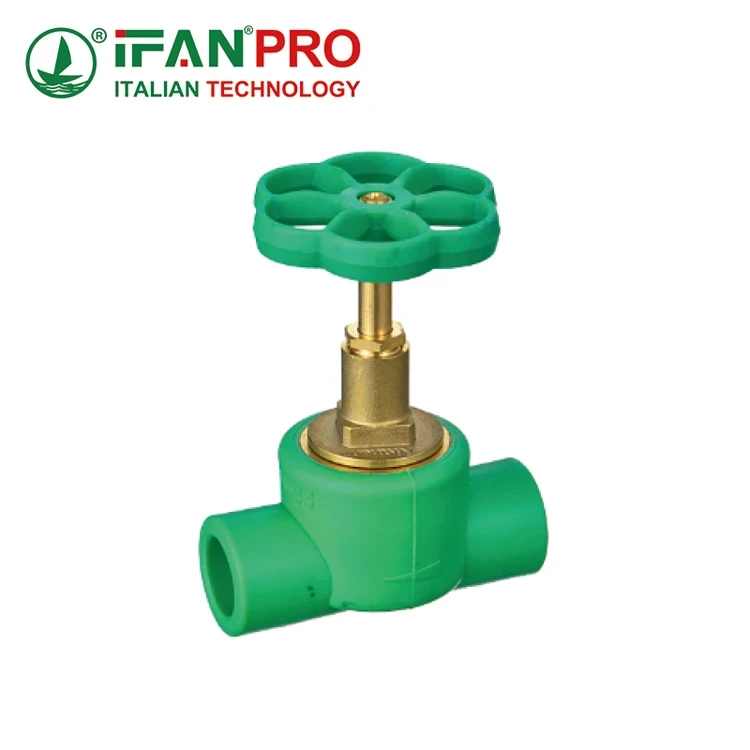Maintaining PEX (cross-linked polyethylene) pipes ensures their longevity and efficiency. PEX has become a popular choice for plumbing due to its flexibility, durability, and resistance to corrosion. However, proper maintenance practices are essential to keep the system functioning optimally. This guide outlines the best practices for PEX pipe maintenance, providing valuable tips for homeowners and professionals alike.
Regular Inspection
Regular inspection of PEX pipes helps identify potential issues early.
- Visual Check: Conduct a visual inspection of all accessible PEX pipes at least twice a year.
- Leak Detection: Look for signs of leaks, such as water stains, mold, or damp spots on walls and ceilings.
- Joint Inspection: Pay special attention to joints and connections, ensuring they remain secure and leak-free.
Proper Insulation
Insulating PEX pipes protects them from extreme temperatures.
- Prevent Freezing: In cold climates, insulate PEX pipes to prevent freezing and potential bursts.
- Reduce Heat Loss: Insulate hot water lines to minimize heat loss and improve energy efficiency.
- Use Proper Materials: Use insulation materials compatible with PEX to avoid chemical reactions and degradation.
Avoiding Physical Damage
Protect PEX pipes from physical damage to maintain their integrity.
- Secure Mounting: Ensure PEX pipes are securely mounted and supported to prevent sagging and damage.
- Avoid Sharp Objects: Keep sharp tools and objects away from PEX pipes to prevent punctures and cuts.
- No Kinks: Avoid kinking the pipes during installation and maintenance, as kinks can weaken the material.
Temperature Control
Control the temperature of water flowing through PEX pipes to prevent damage.
- Temperature Limits: Ensure water temperature does not exceed the maximum recommended limit for PEX, usually around 200°F (93°C).
- Thermal Expansion: Install thermal expansion devices to accommodate changes in temperature and pressure.
- Monitor Water Heater: Regularly check and adjust water heater settings to avoid overheating the PEX pipes.
Regulación de la presión
Regulate water pressure to prevent stress on PEX pipes.
- Pressure Limits: Ensure water pressure does not exceed the recommended maximum for PEX, typically 80 psi (pounds per square inch).
- Install Regulators: Use pressure regulators to maintain consistent water pressure within safe limits.
- Check Valves: Regularly inspect and maintain pressure relief valves to prevent over-pressurization.
Cleaning and Flushing
Clean and flush PEX pipes to remove debris and maintain water quality.
- Debris Removal: Periodically flush the system to remove any sediment or debris that may accumulate in the pipes.
- Use Proper Cleaners: Use cleaning agents safe for PEX to prevent chemical damage.
- Regular Flushing: Flush the system after any maintenance work to ensure no contaminants remain in the pipes.
Addressing Leaks Promptly
Address leaks promptly to prevent further damage and water waste.
- Immediate Action: Repair any detected leaks as soon as possible to avoid water damage and mold growth.
- Professional Help: Seek professional assistance if you are unsure how to fix a leak or if it involves complex connections.
- Leak Detection Systems: Consider installing leak detection systems for early warning of potential leaks.
Monitoring for UV Exposure
Monitor and protect PEX pipe from UV exposure to prevent degradation.
- Avoid Sunlight: Do not expose PEX pipes to direct sunlight, as UV rays can weaken the material over time.
- Use UV-Resistant Covers: If outdoor installation is necessary, use UV-resistant covers or sleeves to protect the pipes.
- Indoor Protection: Ensure PEX pipes installed near windows or skylights have adequate shielding from UV rays.
Professional Maintenance
Schedule regular professional maintenance to ensure optimal PEX pipe performance.
- Annual Checkup: Have a professional plumber inspect your PEX plumbing system annually.
- Expert Advice: Seek expert advice on any concerns or issues you may have with your PEX pipes.
- Professional Repairs: Use professional services for major repairs or modifications to ensure they meet industry standards.
Conclusión
Proper maintenance of PEX pipes ensures their durability and efficiency, providing reliable plumbing for years. Regular inspections, proper insulation, and avoiding physical damage are crucial steps. Temperature control, pressure regulation, and timely leak repairs prevent stress on the pipes. Cleaning, flushing, and protecting from UV exposure maintain water quality and pipe integrity. Professional maintenance provides an additional layer of assurance. By following these best practices, homeowners and professionals can maintain the performance and longevity of PEX plumbing systems, ensuring a safe and efficient water supply.
Conectar
IFAN es un fabricante chino de tuberías, accesorios y válvulas de plástico con 30 años de experiencia. Si está interesado en IFAN accesorios de cobre, válvulas de cobre, tuberías y accesorios de plástico, póngase en contacto con nosotros. IFAN le ofrece una variedad de tuberías estándar para satisfacer sus necesidades específicas. Haga clic a continuación para obtener más información sobre la amplia gama de productos de válvulas y productos relacionados con sistemas de tuberías asequibles y rentables de IFAN.
Responderemos a su correo electrónico o fax en 24 horas.
Puede llamarnos en cualquier momento si tiene alguna duda sobre nuestra producción.
Para más información, visite nuestra página web https://ifanpro.com/
Pls Mailto: [email protected]
Whatsapp: + 86 19857948982














Comentarios recientes